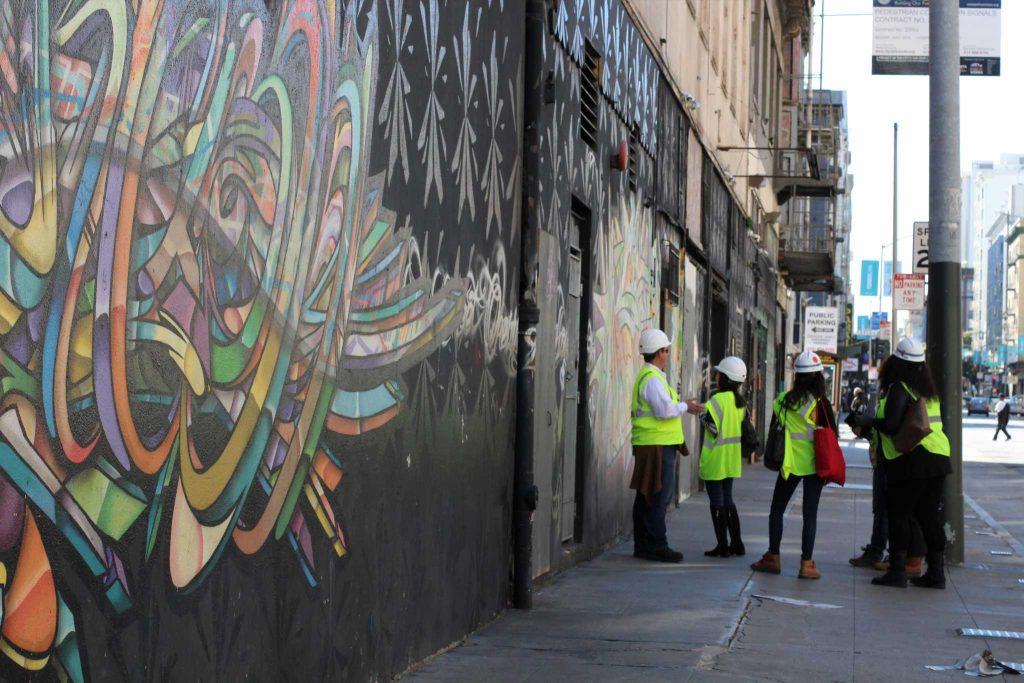Supervisor Jane Kim stood on the steps of City Hall in early February and introduced legislation to transform a six-block stretch in the San Francisco Tenderloin into the nation’s first government-sponsored transgender district.
“The idea is to create a safe space to bring out the history of the transgender community in the Tenderloin,” says Barbara Lopez, Supervisor Jane Kim’s legislative director and co-writer of the legislation.
Lopez, who collaborated with transgender community leaders and advocacy groups, hopes the legislation will come to a vote after a community review and before the city’s next budget cycle to begin development by the end of March or early April.
“Another safe space is a nice thing. It’ll definitely help homeless queer youth. Especially in the Tenderloin,” said Emma Herms, a 20-year-old women and gender studies major at SF State.
The six-block stretch designated for the development of the new cultural district will be named Compton’s Transgender, Lesbian, Gay and Bisexual District, paying homage to the Compton Cafeteria Riot, which predates the Stonewall riots by three years.
The riot ties the Tenderloin to one of the first LGBT civil rights uprisings in the United States. Gene Compton’s Cafeteria, a coffee shop frequented by transgender individuals in the 1960s, became the site of a two-day resistance against transgender violence. The demonstration was sparked in 1966 after continued abuse against transgender people by the San Francisco Police Department.
After last year’s 50th anniversary of the Compton’s Cafeteria Riot, the transgender community in the Tenderloin began to push harder for a trans-centric and nongender conforming district, according to Lopez.
“Our goal is to memorialize, stabilize and plan,” says Lopez.
“They need that community more than ever. Especially in this political climate. People don’t know how to address the trans community and trans people in general,” said Meghan Bonifacio, a 19-year-old pre-apparel design and merchandise major at SF State who identifies as a gay man.
The cultural district is the first of two major components of the legislation. Supervisor Kim negotiated $300,000 in funding from a housing developer to build affordable housing for the community at 950 Market St., according to Lopez.
Since Supervisor Kim’s announcement of the new district, President Trump has rescinded the transgender bathroom guidelines put in place by Obama.
In a press release, Supervisor Kim claims minority groups in the U.S. have never been more at risk.
Nessa Perez, a 21-year-old interior design major at SF State, has been called “it” and chased out of bathrooms for identifying as a trans-nonbinary person.
Herms, a fem-presenting gender-fluid person, experiences similar anxieties.
“People don’t take my identity seriously,” they said. Herms said they are misgendered a lot and not represented in the national conversation about LGBT rights.
Herms, who fears the validation of bigotry more than President Trump himself is thankful for the planned inclusion of nongender-conforming people in Compton’s TLGB.
“Folks who don’t know the Tenderloin – it has a history of inclusion. We have a large trans population and a large Muslim population from the (six banned countries),” says Lopez. “The Tenderloin has been the place where immigrants go, where trans and nonconforming people go to live and thrive.”





